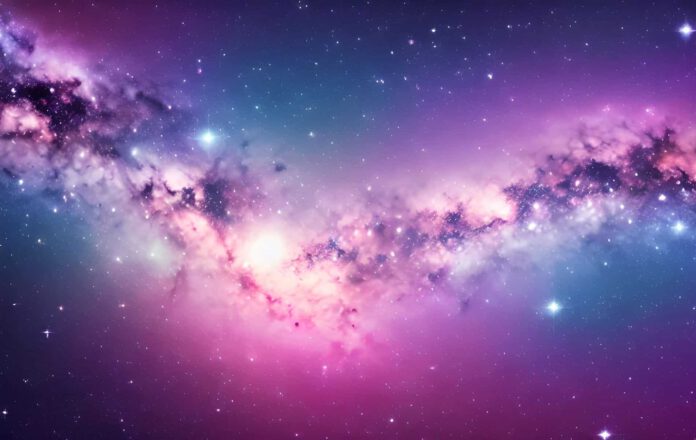
Progress in the creation of the world’s largest telescope mirror
An important milestone has been reached in the construction of the world’s largest telescope mirror: the Extremely Large Telescope (ELT). The first eighteen segments of the telescope’s primary mirror have now been shipped to Chile.
Upon arrival in Chile, the segments will be transported to the location of the European Southern Observatory (ESO) in the Atacama desert. There, the fragments will be coated in preparation for later installation. The primary mirror of the telescope is so large that it cannot be made as one piece and must instead be assembled from 798 individual pieces. With a diameter of over 39 meters, it will ultimately be the world’s largest telescope mirror.
Construction Challenges
The construction of the telescope mirror is undoubtedly a monumental task. Polishing the mirror pieces alone required a complete building renovation in Central France. The unevenness on the surface must not be greater than 10 nanometers, which is less than one-thousandth of the width of a human hair. To achieve this precision, the contractors, Safran Reosc, used a technique where they move an ion beam over the surface of the mirror pieces to remove the unevenness atom by atom. With the first 18 mirror pieces now on their way, the company still has 780 to go. With a production rate of four and soon five mirrors per week, it will take at least nearly three years before all the pieces are ready for installation. Needless to say, the construction of the telescope is far from cheap; the final price tag is slightly more than 1 billion euros.
Search for Extraterrestrial Life
Naturally, there is a good reason why international efforts are being made to build the largest telescope mirror ever. In 2017, Scientias spoke with Tim de Zeeuw, an astronomer and director-general of the ESO. According to him, the telescope has three objectives. The main goal is that such a telescope mirror can better measure the properties of the atmospheres of Earth-like planets. Numerous exoplanets have been discovered in recent years. Some of these appear quite capable of harboring life. But appearances can be deceiving, and that’s why scientists are looking for better ways to determine the habitability of these planets.
Glimpse into the Past
An important secondary reason for building the telescope mirror is the expectation that it can ‘see’ further than currently possible. The idea is that this telescope can perceive the edges of the visible universe. To illustrate how impressive this is: these light sources are about 13 billion light-years away from Earth. This could enable us to conduct research on the first stars and galaxies that formed shortly after the Big Bang. The accuracy of the new telescope is essential: the ELT will be much better able to split the light from these galaxies into the light of individual stars.
About James Webb Telescope
This is not the first time a gigantic mirror has been produced to study space. For example, we already have the James Webb Space Telescope, which has managed to capture many beautiful images of the universe. Zeeuw explains that despite this, there is a good reason to build the ELT also. “Let me take Hubble as an example,” he told Scientias in 2017. “The telescope takes beautiful, sharp images and is not affected by atmospheric turbulence.” However, astronomers want more than just taking beautiful and memorable snapshots of distant planets. “You want to measure the light from the ground and analyze it, expose objects for a longer time, take a spectrum and say something about the composition of material or gas.” To do this, ground-based telescopes are needed. In this way, the ELT will be a complement to the current James Webb Space Telescope.
But we are still a long way from that. The eighteen polished mirror segments left France last week and have thus embarked on a long journey of more than ten thousand kilometers to the construction site of the ELT in the Atacama desert. The telescope will be operational later this decade at that location to tackle the greatest astronomical challenges of our time and make unexpected discoveries.











